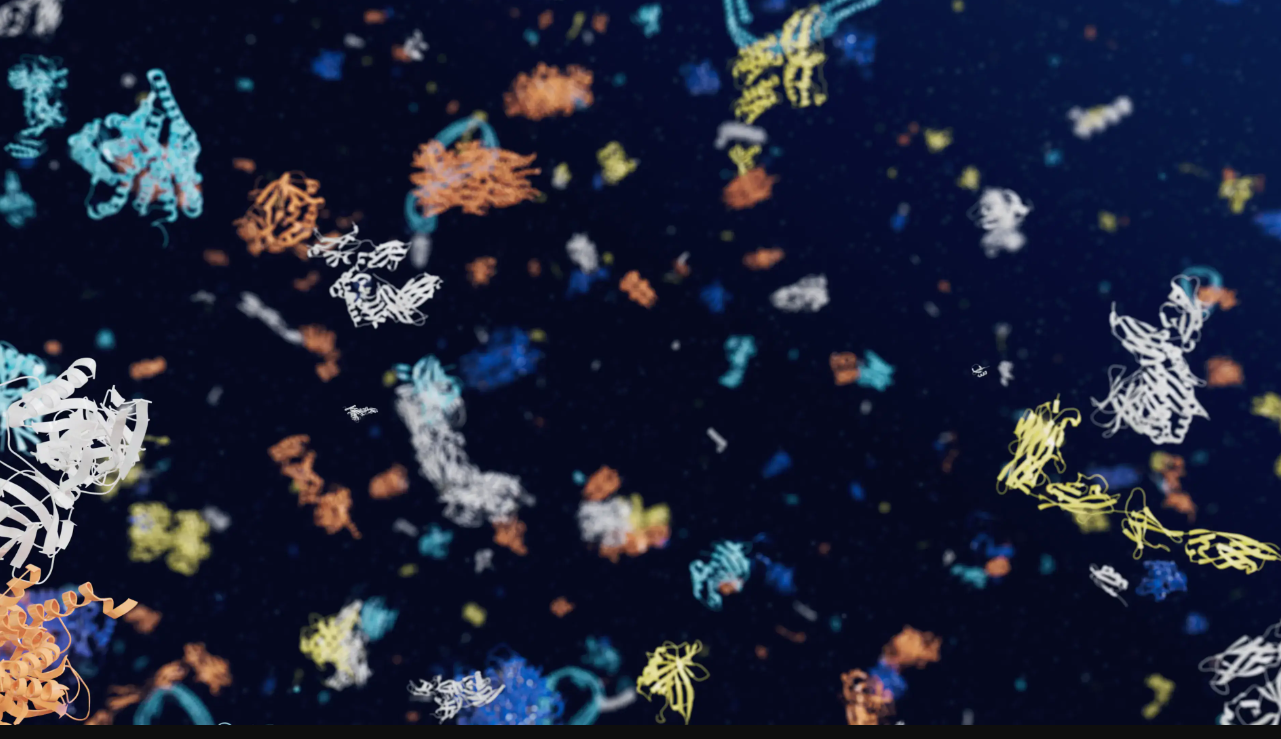UK-based AI laboratory DeepMind has uncovered the predicted structures for nearly all catalogued proteins known to science.
The organisation, which is a subsidiary of Google-owner Alphabet Inc., has developed an AI system called AlphaFold which predicts a protein’s 3D shape from its amino acid sequence.
Proteins underpin every biological process in living things and because their shapes are closely linked with their functions, identifying their structures can reveal a greater understanding of what they do and how they work.
This knowledge can be used to address real-world problems like plastic pollution and antibiotic resistance.
A year ago the British company released and open sourced AlphaFold, creating a database for discovered proteins at the same time.
In partnership with EMBL’s European Bioinformatics Institute (EMBL-EBI), DeepMind is releasing the predicted structures of almost all protein structures known to exist, meaning the database, which has been accessed by over half a million researchers in the past 12 months, will be expanded by more than 200x - from nearly one million structures to over 200 million.
DeepMind claims that its latest breakthrough could dramatically widen our understanding of biology.
"AlphaFold is the singular and momentous advance in life science that demonstrates the power of AI,” said Eric Topol, founder and director, Scripps Research Translational institute. “Determining the 3D structure of a protein used to take many months or years, it now takes seconds.”
He continued: “AlphaFold has already accelerated and enabled massive discoveries, including cracking the structure of the nuclear pore complex. And with this new addition of structures illuminating nearly the entire protein universe, we can expect more biological mysteries to be solved each day."
Latest News
-
xAi faces global scrutiny as governments probe sexualised AI
-
Currys overhauls payment systems to adopt emerging tech
-
Ocado to widen access to tech as exclusivity agreements end
-
Asda hires new group CIO to lead tech and data teams
-
Morgan Stanley warns 200,000 European banking roles 'under threat' from AI
-
The top technology trends to expect in 2026
The future-ready CFO: Driving strategic growth and innovation
This National Technology News webinar sponsored by Sage will explore how CFOs can leverage their unique blend of financial acumen, technological savvy, and strategic mindset to foster cross-functional collaboration and shape overall company direction. Attendees will gain insights into breaking down operational silos, aligning goals across departments like IT, operations, HR, and marketing, and utilising technology to enable real-time data sharing and visibility.
The corporate roadmap to payment excellence: Keeping pace with emerging trends to maximise growth opportunities
In today's rapidly evolving finance and accounting landscape, one of the biggest challenges organisations face is attracting and retaining top talent. As automation and AI revolutionise the profession, finance teams require new skillsets centred on analysis, collaboration, and strategic thinking to drive sustainable competitive advantage.
© 2019 Perspective Publishing Privacy & Cookies


.png)





Recent Stories